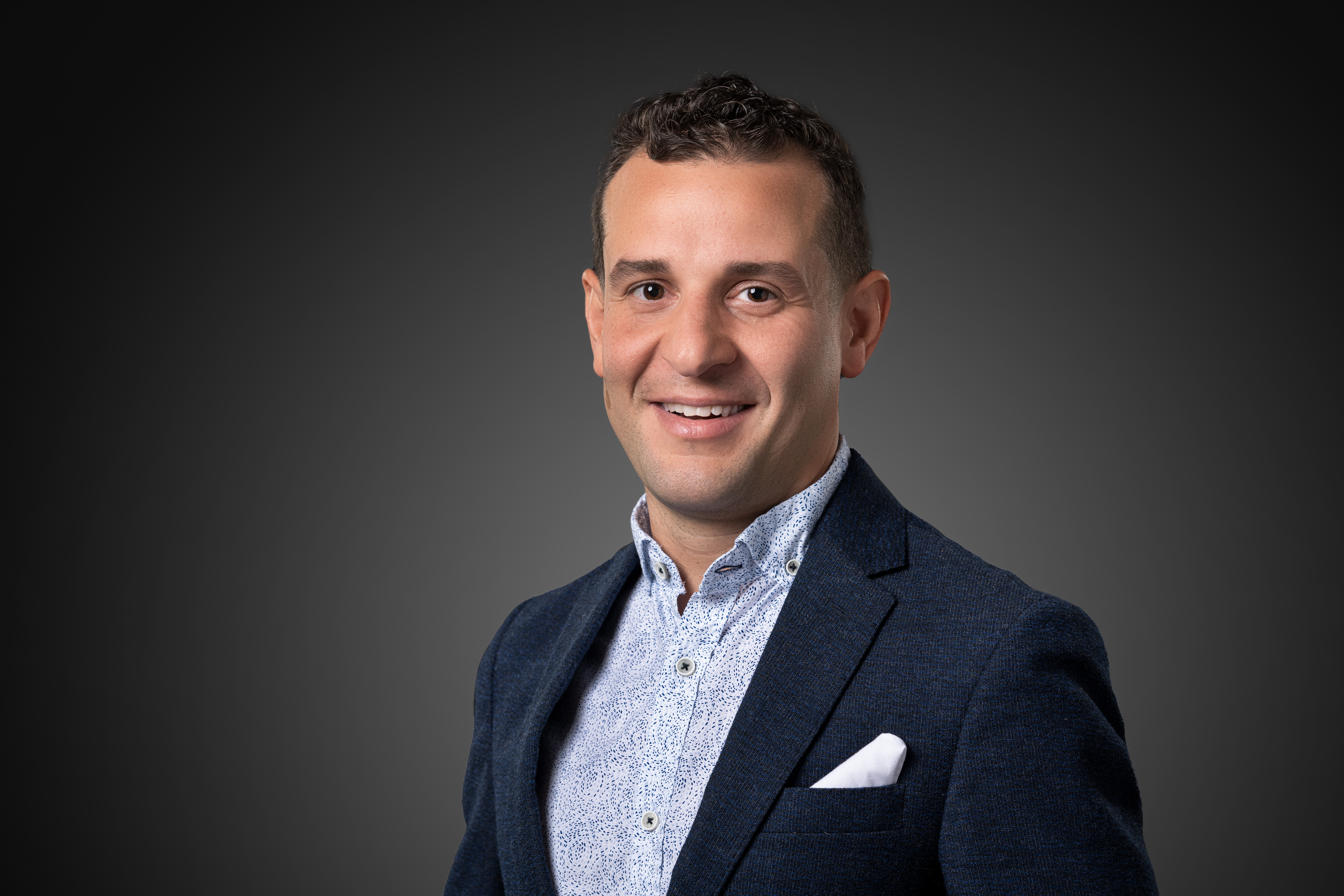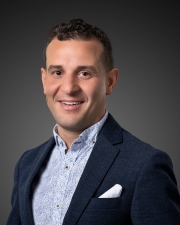Leveling the playing field in dual-language programs
Dual-language programs are on the rise in U.S. schools — and these programs are often concentrated in affluent or gentrifying neighborhoods. Penn GSE’s Nelson Flores, writing for EdWeek’s “10 Big Ideas in Education” report, explains that inequitable participation contributes to a hierarchy between racialized and elite bilingualism, creating challenges for schools and school leaders.

To promote more equitable participation in dual-language programs, Flores recommends that schools, districts, and states lead efforts to reconsider how language proficiency is assessed — and to fundamentally reframe the expertise that racialized bilingual students bring to classroom settings.

